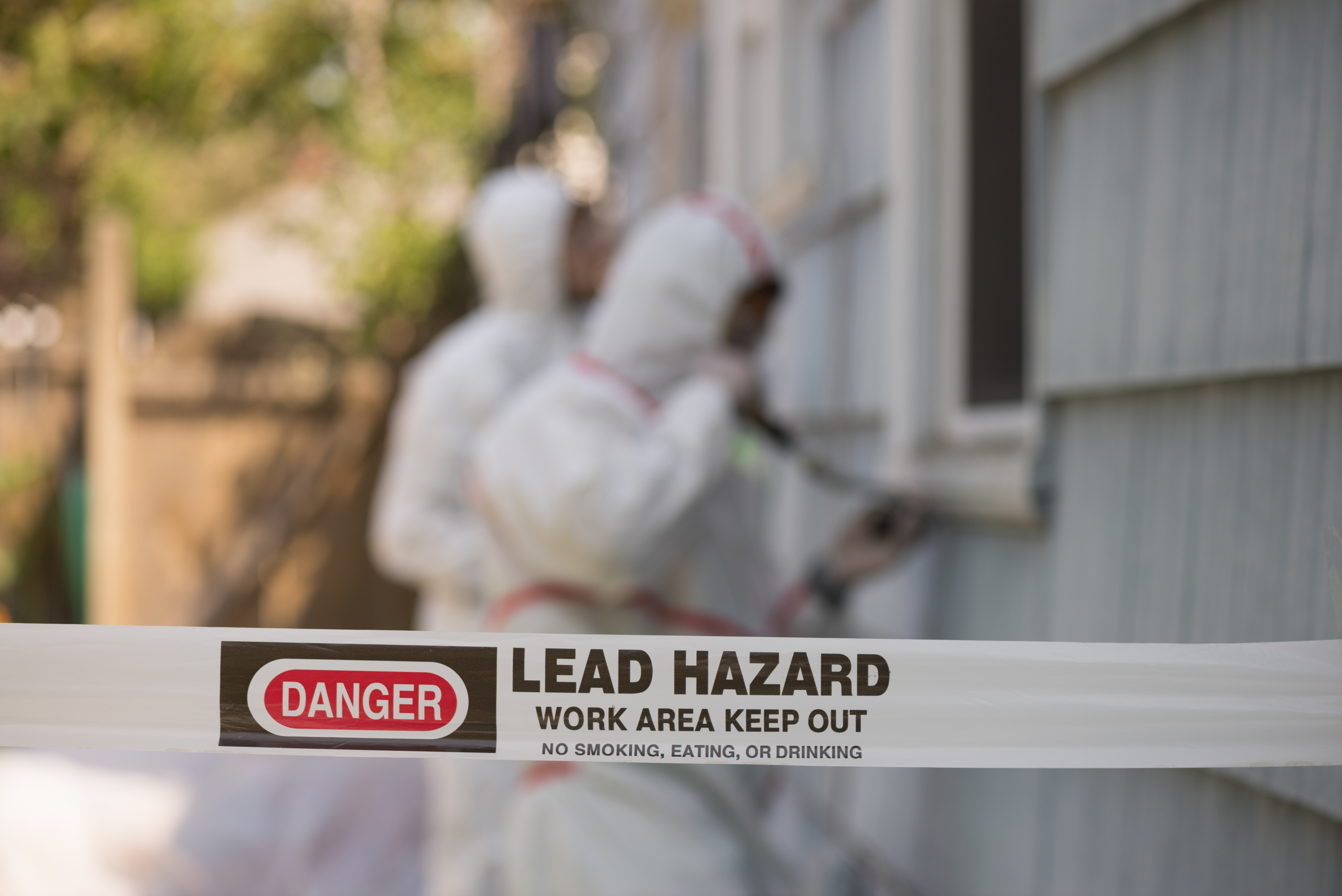Renovations can be messy because demolition and rebuilding can stir up or create a lot of dust. Often this is no problem other than the clean-up effort. However, if the structure was built before 1979, there’s a good chance the mess includes lead paint, which was used extensively from Colonial times through the mid-1970’s because it was durable and easy to keep clean.
Contractors need to take precautions when renovating older homes to ensure that people—most notably young children under the age of six—and pets don’t ingest or inhale lead chips or dust, which are poisonous. There are several reasons why it is important that anyone working on an older home obtains lead renovation certification before beginning work.
It’s the Law
First and foremost, the U.S. Environmental Protection Agency (EPA) mandates that anyone working on a construction project where lead paint exists, the project must be EPA lead renovation certified. There are certain work practices for containment and record-keeping to follow.
Lead renovation certification and re-certification are not optional, it is required, for contractors to work around lead-based paint safely. There are training programs available that contractors must take part in to be sure they are abiding by safe practices and procedures as set out by the EPA. Contractors can face fines of as much as $37,000 per day per infraction for not being EPA lead renovation certified.
You Must Ensure Safety
When working in buildings with lead paint or on lead paint removal projects, there are different ways to reduce or contain the dangers of lead-based paint. For example, if the lead paint in the building is not in disrepair, i.e., not crumbling or chipping, it may be possible to contain it by painting or wallpapering over it to contain it. If the paint is peeling or within reach of a surface, it needs to be removed or covered.
It’s also important to pay attention to surfaces where there is friction, such as windows or doors that rub on their frames when opened and closed. The friction causes minute particles of dust to release into the air, where people and pets can inhale it. Certain methods of removing the paint may make the risk of lead exposure greater. Thus it is essential that contractors be prepared to handle this situation by becoming lead renovation certified.
Avoid Costly Lawsuits
If you work in structures built before 1978 and your employees do not have lead renovation certification, you could be setting yourself up for a lawsuit. Construction projects can disrupt painted surfaces and generate dust, which is then released into the air posing a threat to the health of not just your clients but also your workers.
In September 2016, the EPA entered into more than 120 settlements for alleged violations of lead paint based rules. Altogether, the violators were required to pay well over $1 in penalties. Of all of the settlements reported in 2016, 116 were violations related to repair, renovation or painting projects where lead-based paint is disturbed. More than 60 percent of the cases alleged failure to obtain EPA certification and nearly 50% involved non-compliance with lead-safe work practices.
Financial implications of lawsuits you could face damage to your brand. Word travels fast, and your tarnished could mean significant losses to your business. Being lead renovation certified doesn’t protect you from a homeowner filing a lawsuit, but following policies and practices outlined in lead renovation certification courses make it less far less likely.
Get certified with us
Avoid fines, stay safe, and keep your business in good standing. ZOTApro offers all of the lead renovation certification courses your employees need in both English and Spanish. Register today to be sure you’re ready for your next project with lead renovation certification. ZOTA is an EPA-accredited training provider.


